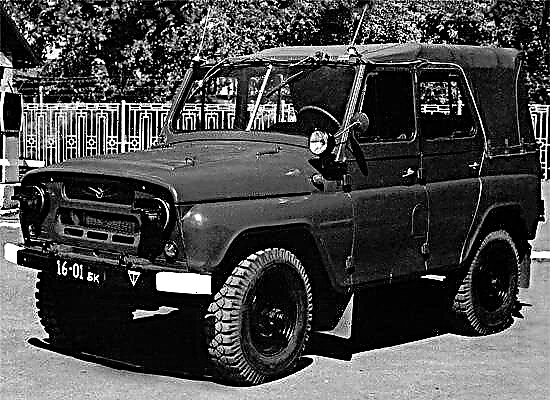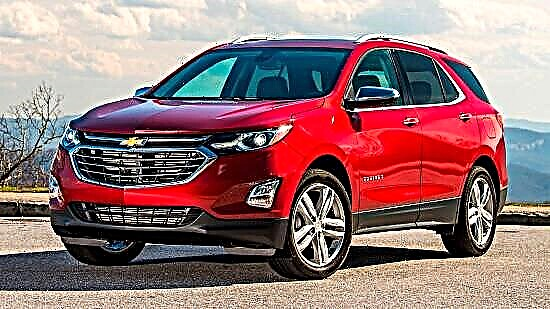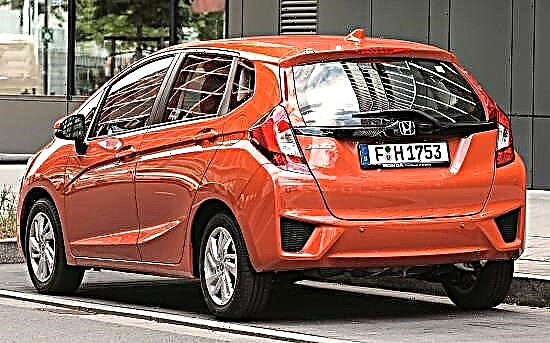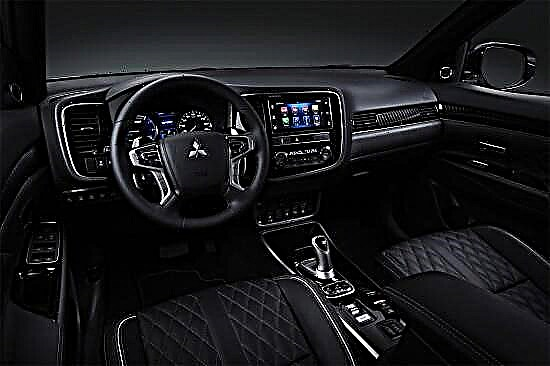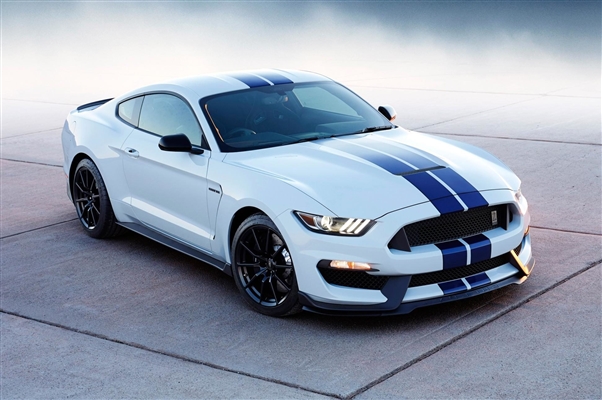Ratings of cars and auto products
Reviews, comparisons & tips for motorists
One of the most important mechanisms in a car is the clutch. This system is implemented for short-term disconnection of the engine crankshaft from the box and their soft connection when moving the gear selector knob on the mechanics, transferring torque and damping loads and torsional vibrations of the transmission.
In models equipped with a manual transmission, to move from a place, depress the clutch pedal, engage the gear and release the pedal smoothly, avoiding sudden movements. In addition to the familiar control element - the pedal, through which the driver directly interacts with the mechanism, there are equally important components in the design. The foot lever is only a visible part of the clutch drive, allowing direct contact with the mechanism by pressing, while the rest of the elements are hidden, their well-coordinated work and ensures the functioning of the unit.
The clutch control in vehicles with manual transmission is driven by the drive. With its help, the force is transmitted from the pedal to the clutch release fork and then to the spring, making it possible to control the position of the discs from the passenger compartment.
Clutch drive types
Depending on the implementation of the transfer of force, several types of drives are distinguished, which are used according to the type of clutch, the layout of the car and the technical solutions adopted in the design to ensure control.
Today the main types of drives are:
- Mechanical.
- Hydraulic.
There is also an electric drive, which has an electric motor, and combined options, but they have not received mass distribution in the modern automotive industry, therefore, further we will focus on the main varieties.
In the absence of an amplifier, the force on the foot lever should not be more than 150 N for cars and 250 N for trucks, the full pedal travel should be in the range of 120-190 mm, while the total gear ratio of the drive is 25-50. If the clutch control requires more than the allowable effort, pneumatic and vacuum amplifiers are used in the design to simplify the task.
A passenger car is most often equipped with a mechanism with a hydraulic type of drive, often with a servo spring, or a mechanical cable drive. For low-tonnage trucks or medium-duty vehicles, mechanical and hydraulic types of drives are also used, and for large-tonnage vehicles (towing vehicles, often used to form road trains), a combined one is installed - mechanical with a pneumatic booster or hydraulic with a pneumatic booster.
Mechanical drive device
Clutch on vehicles, where mechanics are applied, is not a complex unit. A mechanical cable drive is often used as a control system on cars and motorcycles, where no great effort is required. It is distinguished by a simple design, reliability, ease of maintenance and a low price, while as a result of aging of the friction linings, the position of the pedal changes (to solve this problem, the design provides for the function of manual or automatic adjustment). The mechanical clutch cable drive has a lower efficiency when compared to the hydraulic type. This is due to the loss of energy as a result of the friction of the constituent components.
The main parts of the mechanical drive:
- Pedal.
- Sheathed rope.
- Lever gear.
- Clutch release fork.
- Freewheel control mechanism.
A cable, enclosed in a flexible cover, connects the release fork and pedal. So, when you press the pedal through it, the force is transmitted to the linkage, it at the same time disengages the clutch by moving the fork acting on the clutch.
In the connection of the cable and fork, the design also provides a mechanism used to adjust the pedal free travel by changing the length of the rod. The nut is located at the end of the cable. The issue of adjusting the pedal travel arises when changing its position, which is accompanied by such symptoms as noise and jerks at the beginning of the movement of the car. The clutch gap should be within 3-4 mm. (35-50 mm. Free wheeling), these indicators are indicated by the automaker in the car manual. The gap is less than normal or its absence leads to incomplete engagement of the clutch and, as a result, slipping, a larger gap - to an increase in the pedal travel and incomplete disengagement of the clutch.
The trucks have a lever drive that transmits force at a long distance. So, when you press the pedal attached to the shaft, the lever rotates, connected to the other end of the shaft. The lever activates a rod attached to it on the axle, connected to the fork and turning it, and at the same time the clutch pressed against the fork by a spring.
Hydraulic drive device
With such a constructive solution, the effort is transmitted in a different way. The hydraulic drive scheme does not imply the presence of a cable, the implementation of a mechanism with this type of control is a little more complicated and the cable replaces the hydraulic line. The force is transmitted through an incompressible fluid passing through the line and since the hydraulic drive is similar to that used in the braking system, the same fluid is used for operation. The hydraulically operated clutch consists of the following elements:
- Pedal.
- The master cylinder, consisting of a piston with a pusher, a fluid reservoir and sealing rings.
- The working cylinder has a similar design.
- The line connecting the cylinders.
- Fluid reservoir.
- Additionally, the cylinders are equipped with valves for bleeding air from the system.
The principle of operation is quite simple and is similar to the mechanical control option, the only difference is in the method of force transmission. When a motorist presses the foot lever in the passenger compartment, the piston of the master cylinder is set in motion, the fluid is compressed and under pressure moves through the pipeline into the slave cylinder, pushing the piston, which activates the clutch release fork.
The hydraulic drive can also be equipped with a damping device in order to damp vibrations from the interaction of the release bearing with the clutch release parts. Pneumatic or hydraulic boosters are often used for commercial vehicles.
Since a hydraulically driven mechanism is a more advanced and complex device that transmits force over a long distance with high efficiency, its cost is higher, while it is characterized by smooth engagement of the clutch, which is due to the resistance to fluid movement in the structural elements. Among the advantages of a hydraulic drive is also the resistance to wear of parts, but repairs are also more difficult than in the case of a mechanical device.
Conclusion
Mechanical and hydraulic drives are endowed with their own operating features, pros and cons of use, while devices of these types provide driving comfort. In passenger cars, the stiffness of the diaphragm spring of the pressure plate is small, so that the driver does not need to exert much effort, but on trucks the unit is larger, and more effort is required from the driver to activate the basket, therefore amplifiers are introduced into the design.

